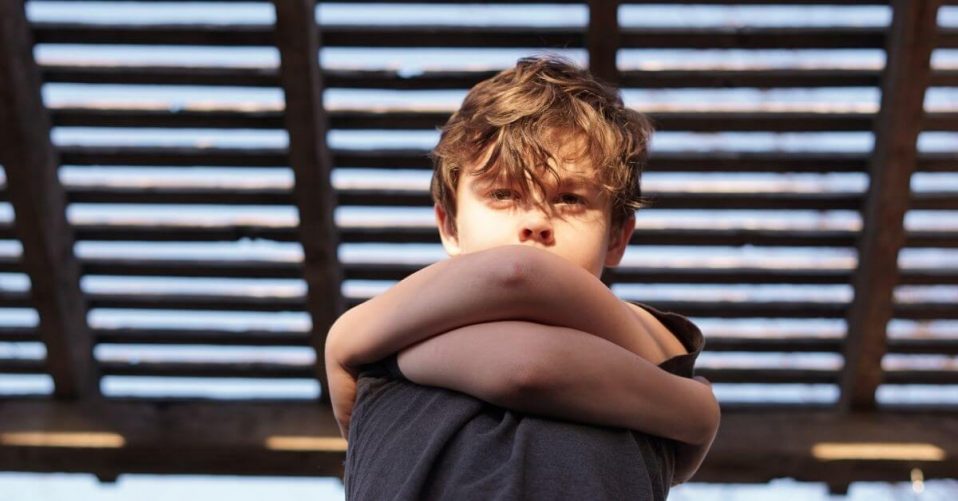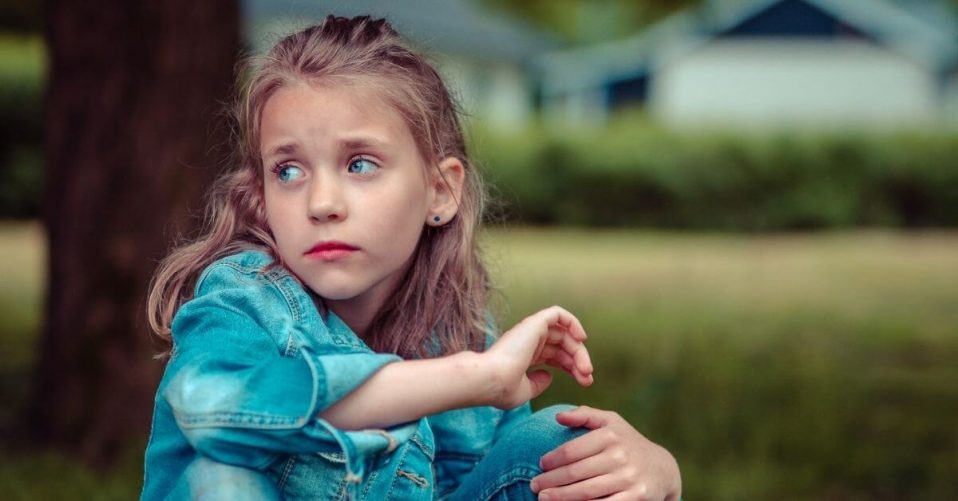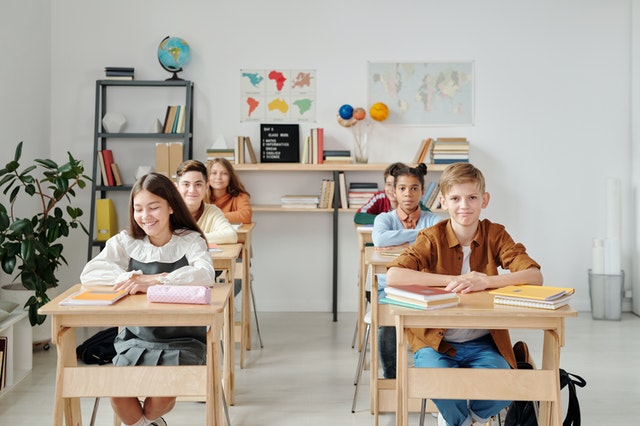Children’s mental health has never been more critical. We’ve just been through an extraordinary worldwide event, children have been thrown in and out of their routines and kept away from their friends.
Even before all of this, children’s mental health was a serious matter with 1 in 6 school-aged children experiencing a mental health problem. So let’s make sure we’re here to support them by reducing mental health stigma, encouraging kids to talk about mental health and providing early intervention for mental health conditions.
As part of our #Headucation2025 campaign, Shawmind is committed to train 150,000 teachers in the UK in the basics of mental health support to enable them to act as mental health first responders in schools and classrooms.
Alongside this larger campaign, we want to share as much advice and knowledge as we can to support children’s mental health. Here are our top 10 favourite mental health resources that you can use at home or at school to educate and support children.
1. Children’s Mental Health Books From Trigger Publishing
Trigger Publishing have created a selection of fun, illustrated children’s books about mental health that can be used both by children on their own and by adults as a way to start a conversation about mental health.
2. Sock It To Stigma Mental Health Resources
Every February at Shawmind, we celebrate #SockItToStigma. A month where we focus on reducing the stigma around mental health in schools and workplaces. We have developed a pack of classroom resources (including wordsearches and colouring sheets) that engage children in the conversation about mental health. Download your free mental health resources.
3.“We All Have Mental Health” Video
This video, created by the Anna Freud Centre, is a great way to explain mental health and reduce the stigma surrounding it. “We All Have Mental Health” is a 5 minute animated video that tells the story of school children struggling with mental health – it is so effective it is often used in adult mental health training too.
4. MeeToo Peer Support App
MeeToo is an anonymous free service for young people aged 11+ to discuss anything that’s troubling them, including mental health. The app is a safe space where users can get peer support from those of a similar age and experience. All posts and replies are checked before going live so there is no harassment, bullying or grooming. The MeeToo app also has an internal directory linking to mental health helplines and resources.
5. Childline “For Me” App
A great option for those who are too young to join MeeToo, the Childline “For Me” app allows children to create their own mood journal, start confidential chats directly with a counsellor and access lots of games and support resources.
6. Fink Cards
Fink Cards are a set of question cards designed to help children answer questions about mental health that will help them learn about common mental health conditions, how to maintain good mental health and how to seek mental health support. These cards were developed by Place2Be, a leading children’s mental health charity.
7.Anna Freud #SelfcareSummer Packs
The Anna Freud Centre have developed #SelfcareSummer packs for primary and secondary school children. These packs are free to download and contain a series of activities to help young people understand, evaluate and maintain their own mental health.
8.Stress Relieving Activities from Calm Zone
Calm Zone, created by Childline, contains a wide range of activities to help children let go of stress. These include breathing exercises, mental health tools, and games they can play.
9.YoungMinds Mental Health Guides
YoungMinds, a national young people’s mental health charity, have created a series of mental health guides. These are great resources for teenagers who want education or support around a wide range of mental health challenges including how to talk to friends about mental health, gender and mental health, and drugs.
10.The Mix Mental Health Support
The Mix is a service that provides under 25’s with support and advice across a number of different areas. They have a great selection of mental health support resources including articles, a helpline and a chat service.
Mental health is as important to a child’s safety and wellbeing as their physical health. It can impact on all aspects of their life, including their educational attainment, relationships and physical wellbeing. So let’s look after it.
Support our mission to train teachers in the basics of mental health so that they can act as mental health first responders for schoolchildren. Donate now or purchase one of our training packages (all proceeds go to Headucation 2025).







 What was going through your head when the first lockdown was announced? I know my first questions were ‘How long will we be in this lockdown for?’ and ‘When will I be able to see my friends again?’ But then I realized there would be some people out there that had a lot worse things to worry about, ‘Will I lose my job?’, ‘Will I be able to pay my rent this month?’, so really, I didn’t have it bad at all. But after hearing about all the children being taken out of the classroom and thrown into online learning, my thinking changed:
What was going through your head when the first lockdown was announced? I know my first questions were ‘How long will we be in this lockdown for?’ and ‘When will I be able to see my friends again?’ But then I realized there would be some people out there that had a lot worse things to worry about, ‘Will I lose my job?’, ‘Will I be able to pay my rent this month?’, so really, I didn’t have it bad at all. But after hearing about all the children being taken out of the classroom and thrown into online learning, my thinking changed:  Shawmind is a young charity on a mental health mission. In 2017 Shawmind raised 103,000 signatures to get the important issue of children’s mental health debated in Parliament – the result of which has seen children’s mental health education being made compulsory from the 2020 school year.
Shawmind is a young charity on a mental health mission. In 2017 Shawmind raised 103,000 signatures to get the important issue of children’s mental health debated in Parliament – the result of which has seen children’s mental health education being made compulsory from the 2020 school year.

